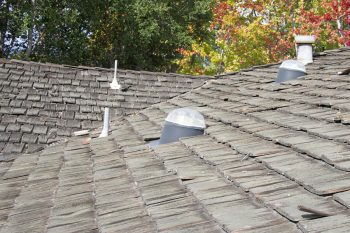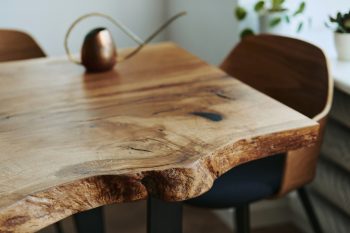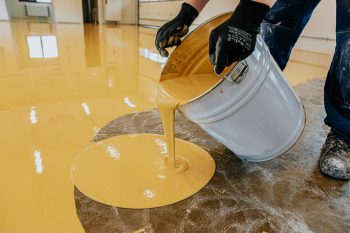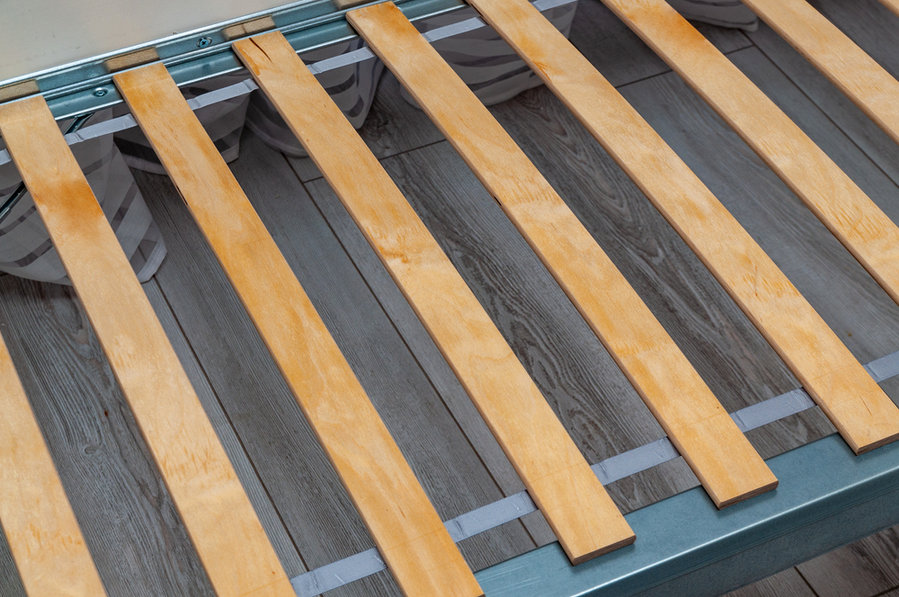
Box springs are a staple in most households because they support the mattress, prevent sagging, and keep it flat. Yet they are also essential in maintaining the overall structure of your bed.
But unfortunately! Box springs do not last forever. Therefore, you must know how to build a box spring out of plywood to make your replacement more accessible and affordable.
So, read this article to get a complete how-to guide!
A box spring is a mattress support that provides extra padding and height to your bed. Although several methods exist to build a box spring, plywood is the cheapest and most straightforward option.
In addition to being budget-friendly, plywood is renowned for its lightweight because you can quickly move it from its location.
To make your box spring, take a plywood frame with heavy-gauge 3/4-inch plywood glued together with 10-ounce dowling staves inserted between each piece.
Moreover, you can also use a small wedge made from steel or similar material and some bolts, wingnuts, or hex heads to hold the wedge between the two pieces of plywood.
Box springs come in a variety of bed styles. However, this article will guide you on making a box spring for a platform bed and a conventional queen bed out of plywood.
So cautiously read our instructions below!
Box Spring for Queen Size Bed
Necessary Tools: Plywood, screws, and bedrail hangers
1. Install the Bed Rail Hangers
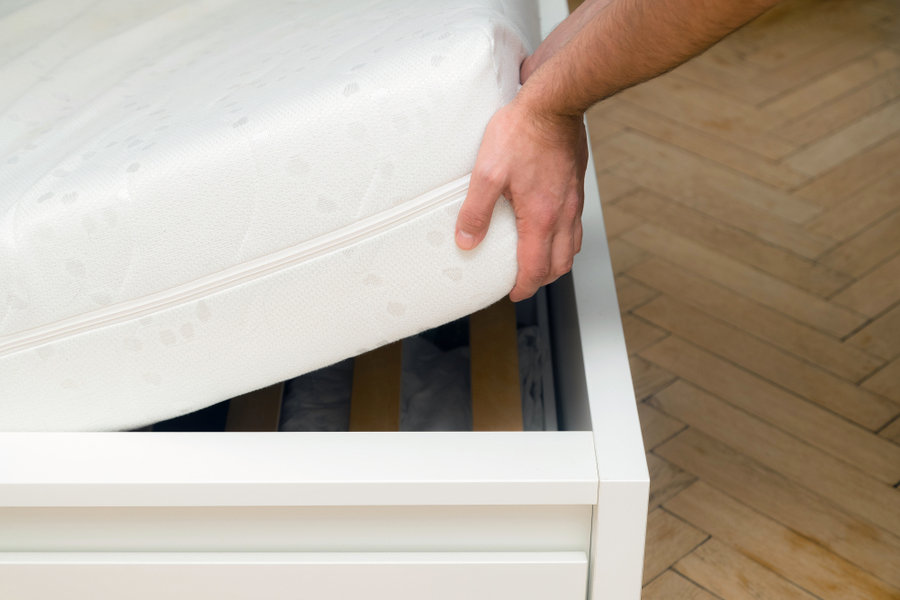
Bed rail hangers are one of the most crucial components in constructing plywood box springs. Using hangers, you can connect the frames and bed rails.
This connection is necessary to build a solid hardwood bed. After that, correctly place the hangers at the edge of the side rails and the head post’s attaching point. Also, check and recheck the hangers to ensure proper placement once you’ve put them in.
If bed rail hangers are unavailable at the hardware shop, purchase eight long lag bolts. You may easily use lag bolts in place of hangers to strengthen your bed because they are readily available.
2. Fasten the Supporting Rails

Once you mount the bed rail hangers, use wood screws to fasten the supporting rails. Opting for wood screws is excellent because they can withstand heavy weight. Moreover, you should space the screws about 12 inches apart for best weight support.
3. Build the Support Blocks

To build the support blocks, determine the width of the support beam. Then use a groove to slit it into a U-shaped, sufficiently broad support block.
Ensure that the groove is strong enough to hold the support beam easily. As you know, it is simple to fit the support beam’s measurement into the U form.
Now drill five holes into the block to accommodate certain screws that need to be attached. The screws will also help the bed’s foot rail and the head post to have a tight connection.
Once you screw everything, you can attach the blocks to the head post and foot rail.
4. Install the Support Beams
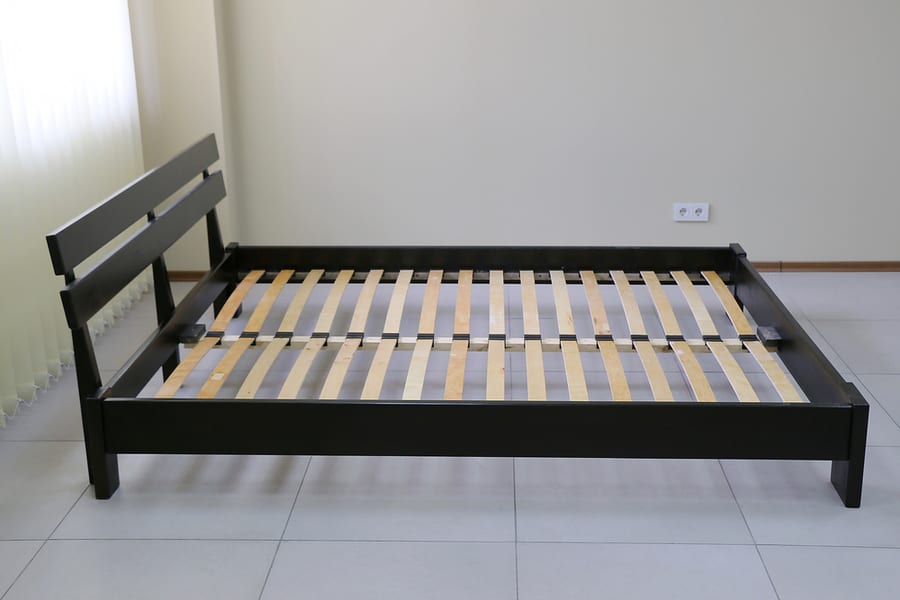
Connect all the hangers to form the bed rails as a whole. You only need to deliver the support beams because you’ve finished with the support blocks, and the frame is also ready.
Hence, it’s time to position the support beams between two support blocks. Also, try to bring stronger wood to create support beams.
Remember that your bed will be more durable and sturdy if the beams are more substantial and robust.
5. Put the Plywood Sheet
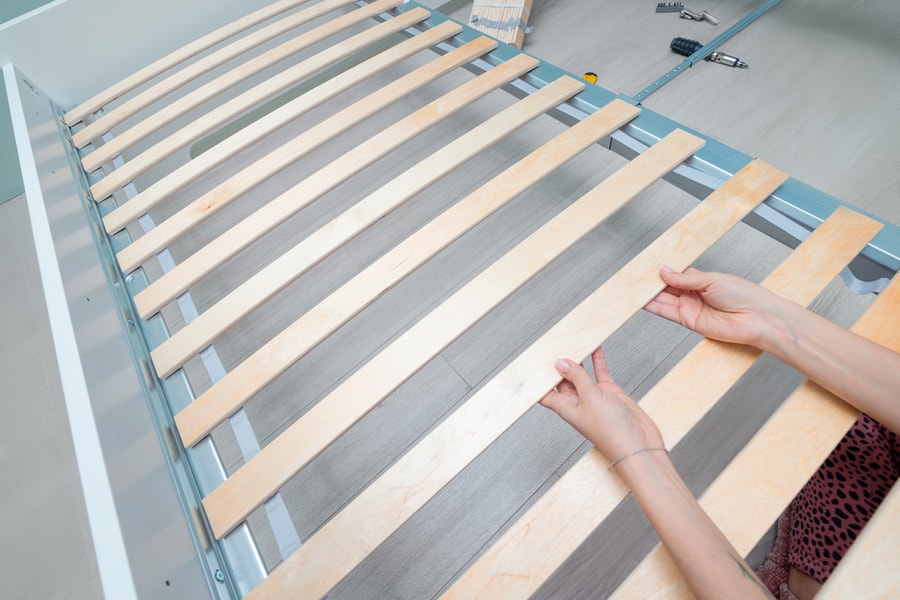
Finally, it’s time to attach plywood sheets inside your bed. To do this, measure the inside space of your bed and cut the plywood accordingly. After cutting, carefully position the pieces inside the frame.
Now that the plywood has a mattress, you may enjoy your box spring bed.
Avoid using less expensive plywood and planks. Instead, choose a structure that can hold both your weight and the weight of the mattress. Thus, using plywood and boards of higher grade is essential.
Moreover, there should be a few spaces between the layers of plywood. Although pinhole gaps may be acceptable, they indicate poor-quality wood.
Box Spring for Platform Bed
Necessary Tools: a few L brackets, a circular saw, a 3-inch decking screw, a few plywood particles, some logs
1. Bracer and Base Frame
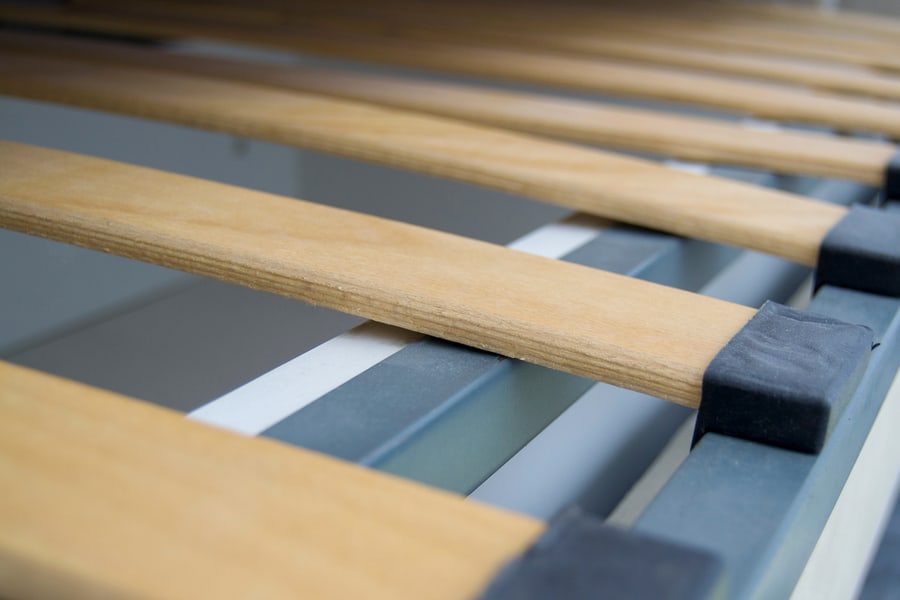
The base frame is the most crucial component of a platform bed. To prepare it, use decking screws to fasten the 75 inches and 57 inches of lumber together and leave the remaining 57 inches for the box’s sides.
In addition, the lumbers should be spaced apart by about one-third of the box so you can supply optimal weight efficiency with its assistance. You can also use the screws to fix them internally.
2. Create Platform Bracers

After preparing the base frame, join two 67″ pieces of lumber with an 85″ piece to form a 70 “x85” platform box. Then, divide the 67 inches pieces into four portions and arrange them appropriately to create the platform bracers.
3. Platform Support Creation

Between the already-set bracers, add the sections that are 19 3/8 inches long. Use your decking screw to fasten each one of them.
4. Apply L-Brackets
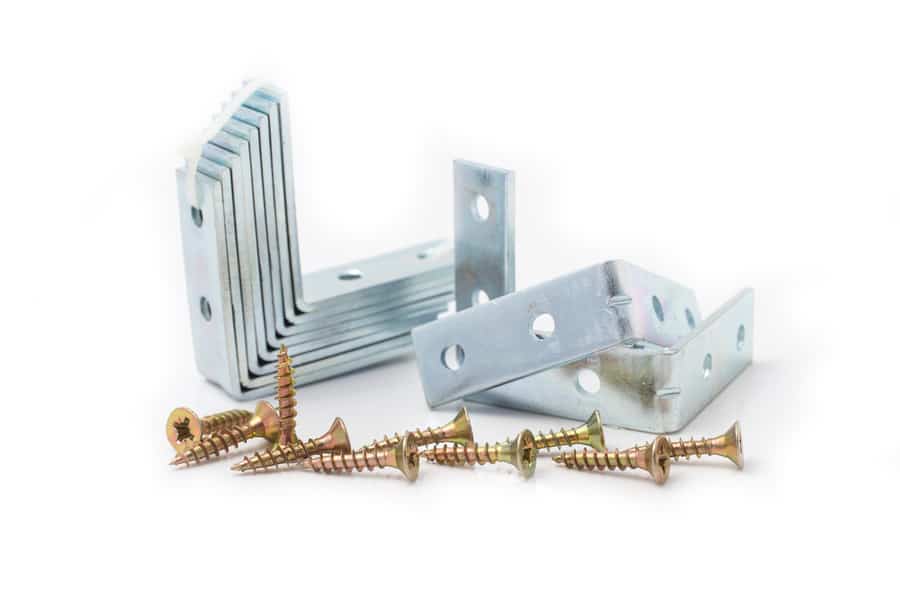
Mainly people use butt joints to build the base and platform, but it is not enough to strengthen the bed. For more robust results, you also need to place L brackets on the inside corners of the base and platform.
5. Fix the Plywood Sheets

Finally, your bed with a box spring is almost ready. Now you need to cut the plywood sheet to the same size as the box’s interior. Then cautiously place the plywood as you can cover the box with just two pieces.
Once you fix the plywood in place, make sure that the screws you used in the inner piece shouldn’t get visible.
Various kinds of wood, such as red oak or douglas fir, would create excellent bed slats, but there are several aspects to consider before making your choice.
Use only wood that can withstand warping and support the structure’s weight. In addition, it must be able to withstand ongoing pressure and strain.
Benefits of Plywood
As a foundation for mattresses, plywood offers several advantages:
- You can buy additional bedding because it’s less expensive than a box spring or mattress pad. If you like having clean linens every day, this might be useful. For instance, it would let you replace your sheets every day, saving you from having to wash them as frequently.
- If you have a little closet or storage space and need a place for things like winter clothing and blankets, it provides more storage space underneath the bed than a box spring or mattress pad.
- With plywood, you may quickly alter the height of your bed. To raise the bed, add additional layers.
- Some people discover that receiving this assistance helps them cope with the discomfort from long-term illnesses like fibromyalgia and arthritis.
Conclusion
All in all, your bedroom is a haven for leisure and sleep. So it is useless if you awaken with back aches and pains, right? Frequently, this is due to your mattress, which needs to provide the proper support.
However, using plywood as a box spring is a terrific solution to assist you in solving that daily conundrum. It will offer your bed a solid foundation and prolong your mattress’s life.
Frequently Asked Questions
Is It Okay To Put Plywood Under a Box Spring?
Why not! You can place plywood underneath a box spring. You will require robust support if your mattress consists of foam or latex. If you do not want to discard the box spring immediately, adding some pieces of plywood will make it firmer.
Therefore, using plywood that is 3/4 inches thick is acceptable, but for the best results, choose thicker plywood.
Can I Put a Memory Mattress on a Box Spring With Plywood?
For your memory mattress, you can use plywood on a box spring. We strongly recommend using plywood as your base because memory mattresses are heavier than traditional spring mattresses.
If your old box spring is less than ten years old, you can still utilize it as your base. However, it implies that when you lie down on the bed, it will feel uneven.
By laying the mattress on top of your current box spring, see whether you can detect any noticeable irregular bumps. It should be suitable for usage if you feel no odds.
How Can I Cover the Box Spring on a Platform Bed?
To cover the box spring, you can use a mattress protector and then cover it with a fitted sheet. Another alternative is to lay a comforter or duvet cover over the mattress and box spring and tuck the edges in.
How Should a Bed Be Used Without a Box Spring?
There are a few applications for beds without box springs. One option is to use a bed frame with a built-in box spring.
A platform bed is still another option. Instead of a box spring, a platform bed has a bed frame with a solid surface.


